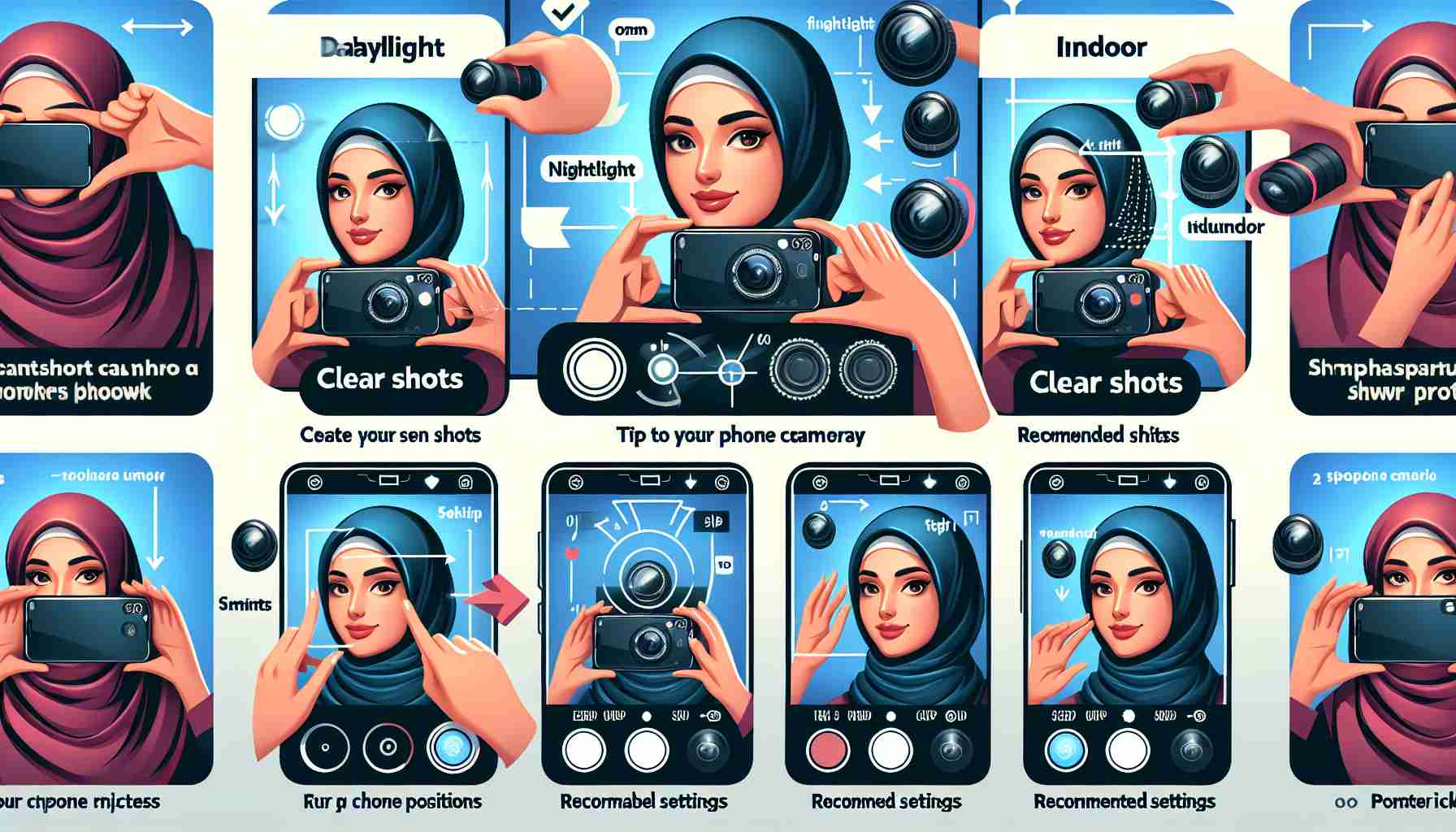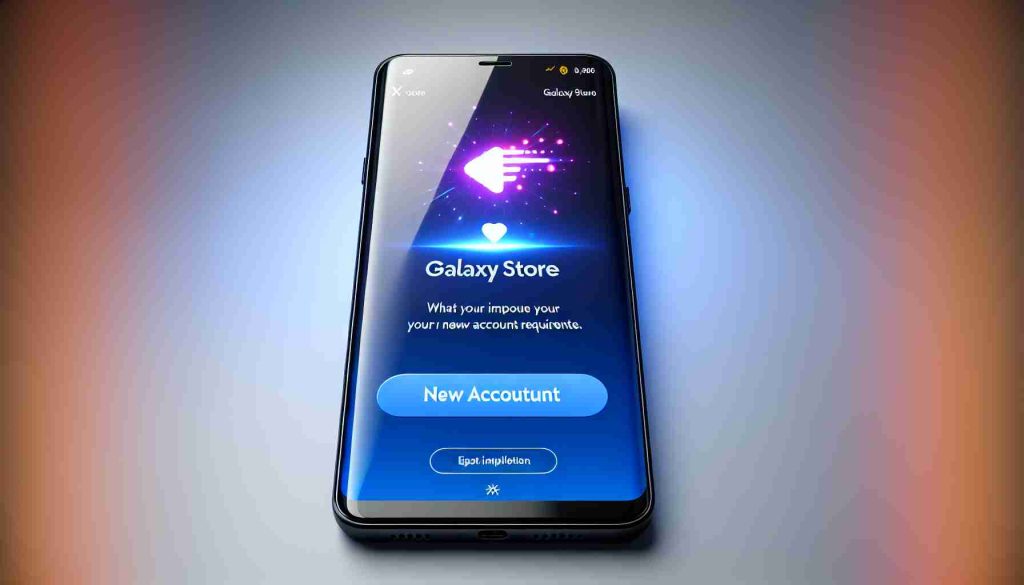Taking photos with your smartphone can often lead to disappointing results, particularly due to the limitations of small camera sensors. These compact sensors frequently generate images that appear grainy or pixelated. Fortunately, advancements in photography techniques can help improve this common issue.
One effective way to achieve clearer images is by utilizing proper lighting. Regardless of whether you are wielding a smartphone or a high-end camera, sufficient lighting is key. Positioning your subject strategically—around three-quarters turned towards a light source—ensures optimal illumination. This method highlights details effectively, enhancing the overall quality of your photos. To find the best lighting, hold your palm in front of you and rotate until the light adequately shines on it, being cautious not to overexpose your shots.
Another crucial tip is managing exposure settings. Adjusting the amount of light hitting your camera sensor is vital for capturing clear images. By tapping on your screen at the desired focus point, you can control the brightness, ensuring your photos are neither too bright nor overly dark.
Lastly, exploring your camera’s Pro Mode can yield significant benefits. By reducing the ISO setting, you can lower the noise in your photos. If lighting is insufficient, lengthening the shutter speed helps capture more light, while using a tripod stabilizes your phone for sharper results.
By implementing these strategies, you can transform your smartphone photography and achieve stunning images.
Enhancing Smartphone Photography: Tips for Clearer Shots
Smartphone photography has become an integral part of everyday life, allowing users to capture moments at a moment’s notice. While many find themselves disappointed by the results, a closer look at some lesser-known techniques can drastically enhance the clarity and quality of images taken with these devices.
What are some lesser-known tips for improving smartphone photography?
1. Use the Grid Feature: Enabling the gridlines in your camera app helps adhere to the rule of thirds, guiding you to compose better shots by aligning subjects in the frame. This enhances both balance and visual interest, leading to clearer and more impactful images.
2. Take Advantage of Post-Processing: While capturing an image is important, editing can further refine your photos. Applications like Snapseed and Lightroom allow users to adjust sharpness, contrast, and clarity after the photo has been taken, potentially transforming an acceptable shot into a stunning one.
3. Master the Digital Zoom: Instead of using digital zoom—which often degrades image quality—try physically moving closer to your subject when possible. Many smartphones have powerful camera capabilities that allow for cropping without loss of detail in post-editing.
What are the challenges associated with smartphone photography?
One of the significant challenges is the inherent limitations of smartphone lenses. Unlike DSLRs or mirrorless cameras, smartphones typically have fixed apertures and smaller sensors that struggle in low-light conditions. Additionally, even with advanced software, they cannot fully replicate the depth of field and bokeh effects achievable with larger cameras.
Another concern is that while many smartphones today come equipped with multiple lenses, not all users may be aware of how to utilize these effectively. For instance, the depth sensor or wide-angle lens might remain underutilized, denying users a richer photographic experience.
What are some advantages and disadvantages of smartphone photography?
Advantages:
– Convenience: Smartphones are portable and always on hand, making it easy to capture spontaneous moments.
– User-friendly Interfaces: Many smartphone camera apps provide intuitive controls, making it accessible for novice photographers.
– Instant Sharing: In the digital age, photos can be quickly shared across social media platforms, allowing real-time engagement.
Disadvantages:
– Limited Optical Zoom: While some phones boast multiple lenses, they often lack true optical zoom capabilities compared to dedicated cameras.
– Quality Under Low Light: Graininess and noise can become significant issues in dim lighting, which challenges the sensor’s performance.
– Battery Drain: Using the camera extensively can consume a significant amount of battery life, which might be a concern for avid photographers.
Conclusion
By implementing techniques such as utilizing gridlines, mastering post-processing, and avoiding digital zoom, users can significantly enhance their smartphone photography. Understanding the strengths and weaknesses of smartphone cameras will lead to better composition and clearer, more captivating shots. As technology continues to evolve, the divide between smartphone cameras and traditional ones narrows, empowering enthusiasts to push their creative limits.
For more information on photography tips and technology advancements, visit Digital Photography Magazine for insightful articles and tutorials.























